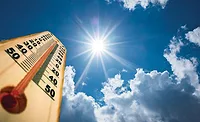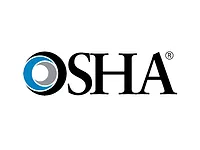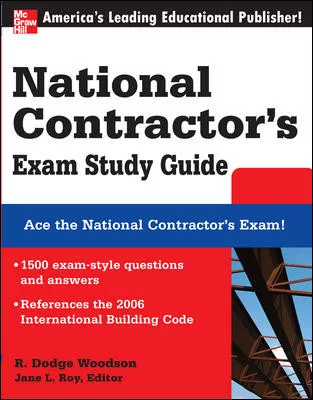Safety
VIDEO: OSHA’s New National Emphasis Program on Heat Illness
Prevent heat illness and OSHA fines with these tips from safety expert Tammy Clark
The Occupational Safety and Health Administration is going through the rulemaking steps for heat injury and illness prevention, and contractors who are caught unaware will be sweating.

OSHA’s New National Emphasis Programs on Heat Hazards
With heat being the leading cause of death among all weather conditions, OSHA is proposing new heat safety standards that will affect every contractor. Tammy Clark, owner of Tammy K. Clark Companies, shares advice on how to prepare your company’s safety plans and workers to stay safe and compliant.
Tammy Clark, owner of Tammy K. Clark Companies, sat down to speak with RC Publisher Jill Bloom about OSHA’s National Emphasis Program and how its new heat injury rules will affect the roofing industry.
OSHA’s National Emphasis Programs are temporary programs that focus on specific hazards and industries with high hazard rates. Under the programs, OSHA can conduct safety inspections focused on hazards related to vehicle operations, material handling, and fall protection, to name a few.
Clark, a credentialed health, safety, and compliance professional, points out OSHA has an upcoming heat and injury illness program that is “going to affect every contractor,” as it touches on both indoor and outdoor work settings.
Heat is the leading cause of death among all hazardous weather conditions in the United States. OSHA has proposed a heat illness program and is accepting public comments on it, which Clark says is likely a signal that OSHA will turn it into a standard for everyone to follow.
“We're watching that closely because that means it's probably going to be promulgated into an actual standard by next year and employers are going to have to implement a heat injury and illness program, and there are some specifications and elements of that that they will need to follow,” Clark said.
Clark provides tips for contractors to keep in mind when creating or editing safety plans as OSHA implements new rules, including making sure they aren’t falling into the trap of creating a one-size-fits-all plan.
“You can't just say after 15 minutes we take a break at a certain time. You have to watch your employees because, individually, we will respond differently. Some people will succumb to heat injury and illness way sooner than others,” she said. “So you have to make sure that they have frequent rest cycles in the shade, that they can get cooled down, that they're drinking more frequently than just on a regularly scheduled break, and that there is somebody implementing the fact that [you] have cool water.”
For more information, watch the full video here or listen to the podcast here.
Looking for a reprint of this article?
From high-res PDFs to custom plaques, order your copy today!








